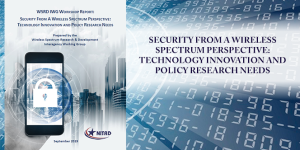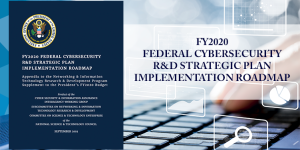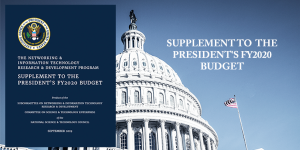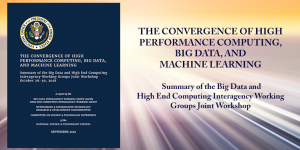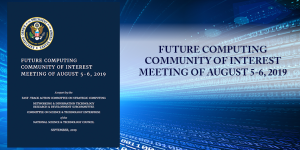SECURITY FROM A WIRELESS SPECTRUM PERSPECTIVE: TECHNOLOGY INNOVATION AND POLICY RESEARCH NEEDS
Communications over the wireless medium pose security threats that are yet to be fully understood. It is currently possible for attackers that are within the wireless range to hijack or intercept an unprotected connection without being detected. With the advent of sophisticated cognitive radios and wireless devices, and applications such as the Internet of Things (IoT), drones, small satellites, driverless cars, and wireless healthcare devices, security threats to wireless mobile communications systems are rapidly increasing. As 5G, low-power wide area networks, and other emerging systems are deployed, innovative protective technologies and policies are needed.


